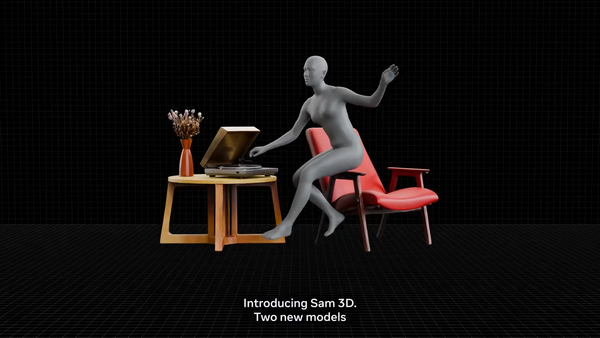Study Finds Privacy Concerns Undermine AR Try-On Effectiveness

- In two U.S. surveys, AR try-ons that felt realistic improved how much users liked the products, but only when users thought carefully about the experience did it boost confidence and intent to buy.
- When privacy concerns were high, users struggled to process the experience deeply, which reduced both their confidence in the product and their likelihood of purchasing.
A study in the Journal of Retailing and Consumer Services explored how consumers respond to augmented reality try-on apps and how privacy concerns influence that experience. Across two surveys with nearly 500 participants, the researchers examined how the realism of the AR try-on (spatial presence) and how carefully users thought about the product during the experience (cognitive involvement) influenced product evaluations and purchase intentions.
The study found that people had a better experience with AR try-ons when the product looked like it was really being worn (spatial presence) and when they used that experience to carefully think through how the product looked and fit (cognitive involvement). This helped them feel more confident in their evaluation and more likely to buy. But when participants had high privacy concerns, that effect weakened or disappeared, making them less focused on the product and less likely to follow through with a purchase.
The study suggests that privacy concerns introduce cognitive load that interferes with how users process the AR experience. This added strain weakened the impact of cognitive involvement, reducing both confidence in the product evaluation and the intention to buy. To address this, the authors suggest adding clear, in-the-moment signals—such as icons or messages—that indicate which data is being used and why. This can help people feel more in control and stay focused on the product.
🌀 Tom’s Take:
This study highlights how the power of presence in AR depends on trust. When users felt fully immersed, the try-on experience felt real and helped their decision-making. But once privacy concerns surfaced, the illusion broke, and so did the impact.
Source: Journal of Retailing and Consumer Services






